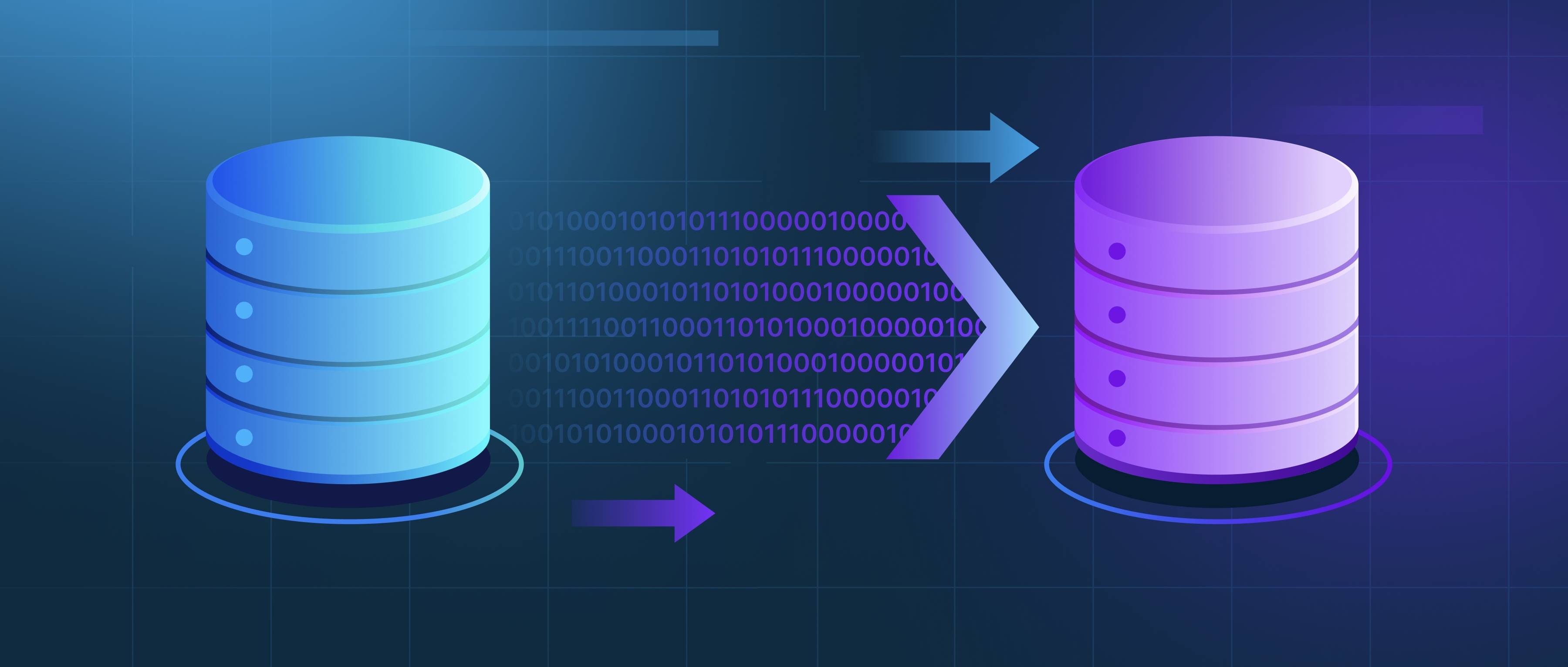DeepSeek employs a combination of strategies to manage overfitting during the training of its models. Overfitting occurs when a model learns the training data too well, including its noise and outliers, leading to poor performance on new, unseen data. To combat this, DeepSeek uses techniques such as regularization, dropout, and early stopping. Each of these strategies helps ensure that the model generalizes well rather than merely memorizing the training data.
Regularization techniques are vital for controlling overfitting. DeepSeek often applies L1 or L2 regularization to its loss function, which adds a penalty for larger coefficients in the model. This penalty discourages the model from fitting to noise in the training data, helping to create simpler models that are more robust. For example, L2 regularization (also known as weight decay) forces model weights to stay small, making it less likely for the model to overfit. Furthermore, DeepSeek utilizes data augmentation to create variations of the training dataset, effectively increasing the amount of data available and providing the model with numerous scenarios to learn from without simply memorizing examples.
Another critical approach is the use of dropout during training. This technique randomly sets a portion of the neurons to zero during each training iteration, preventing them from becoming overly reliant on specific features of the data. This randomness encourages the model to learn more robust features that are useful on a wide range of inputs. Finally, DeepSeek implements early stopping, which involves monitoring the model's performance on a validation dataset during training. If the performance begins to degrade, indicating potential overfitting, training is halted before the model learns the training data too well. By combining these strategies, DeepSeek effectively manages overfitting, leading to better-performing models on unseen data.
